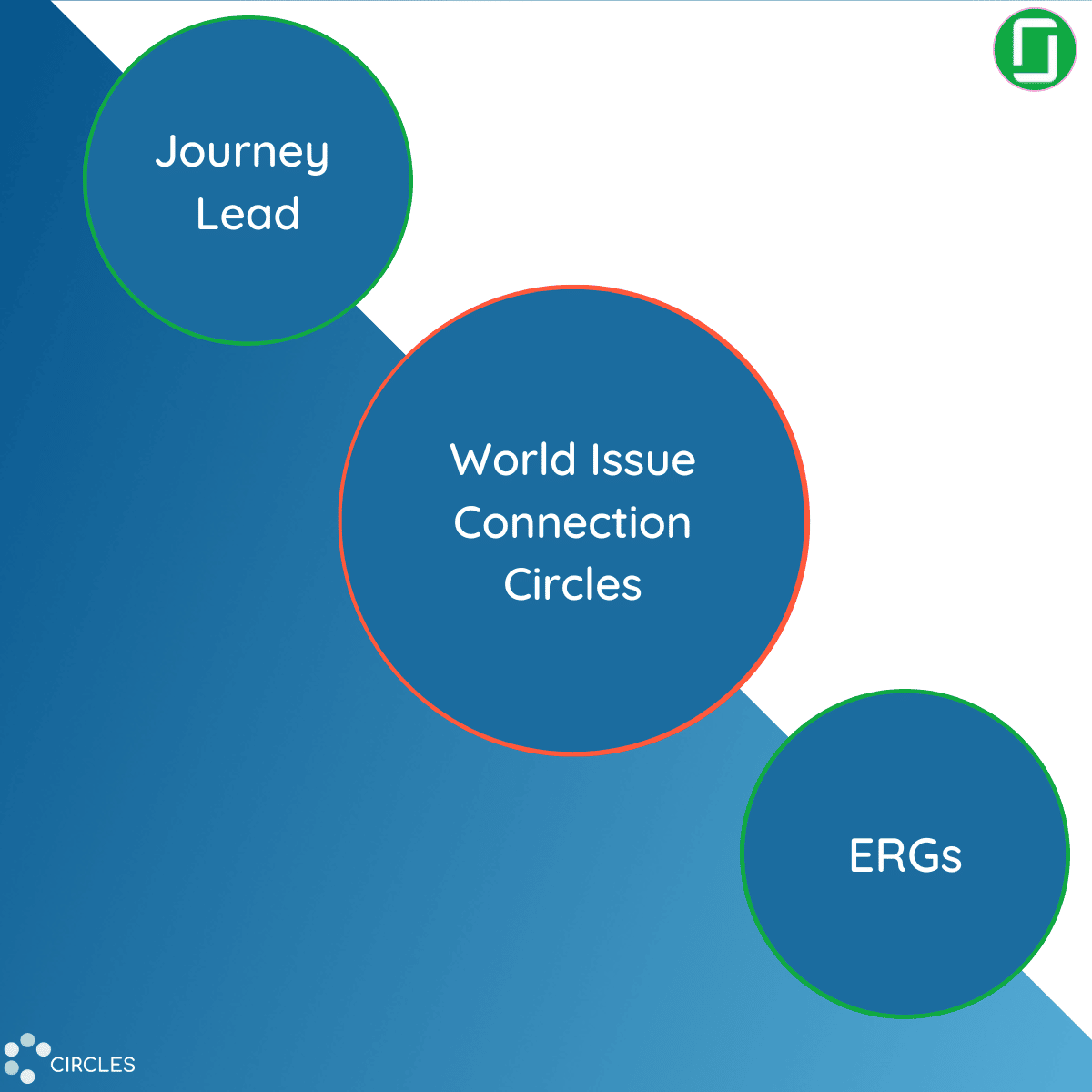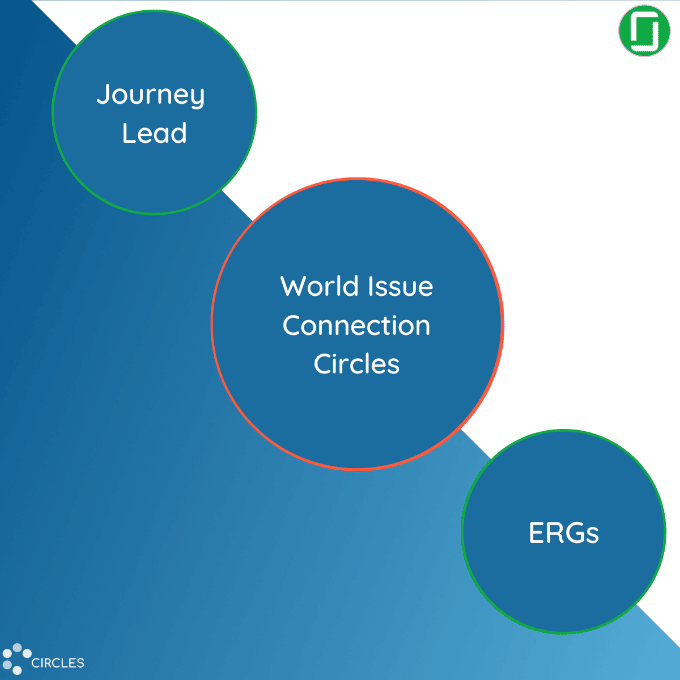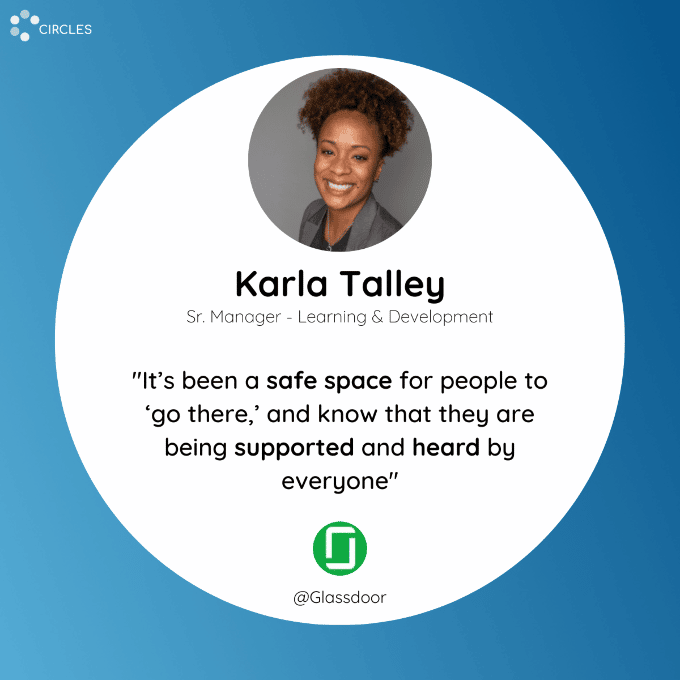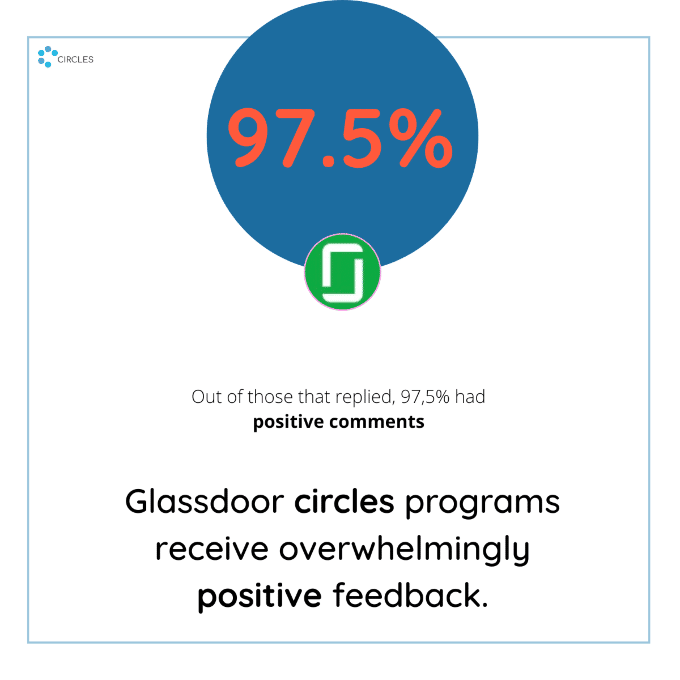
It used to be difficult to find a gathering of women in senior leadership, but not anymore.
The dramatic rise of organizations like Chief illustrates the opportunity to establish affinity spaces for women in the workplace.
Over the past few months, we’ve hosted sessions for women in leadership to discuss the hot topic ‘Inclusivity in the workplace.’ The women in our circles represent CPO, LD, HR, DEI professionals and more, with a common desire to lead well during turbulent times. Together, we’re sharing stories about creating intentional, safe communities at work, spaces our employees won’t want to leave.
At the end of each session, participants report that the highlight is simply coming together with other women leading in this moment in time. It reminds us that we are not alone. We connect and grow as we share common struggles and triumphs. Here’s what women are saying:
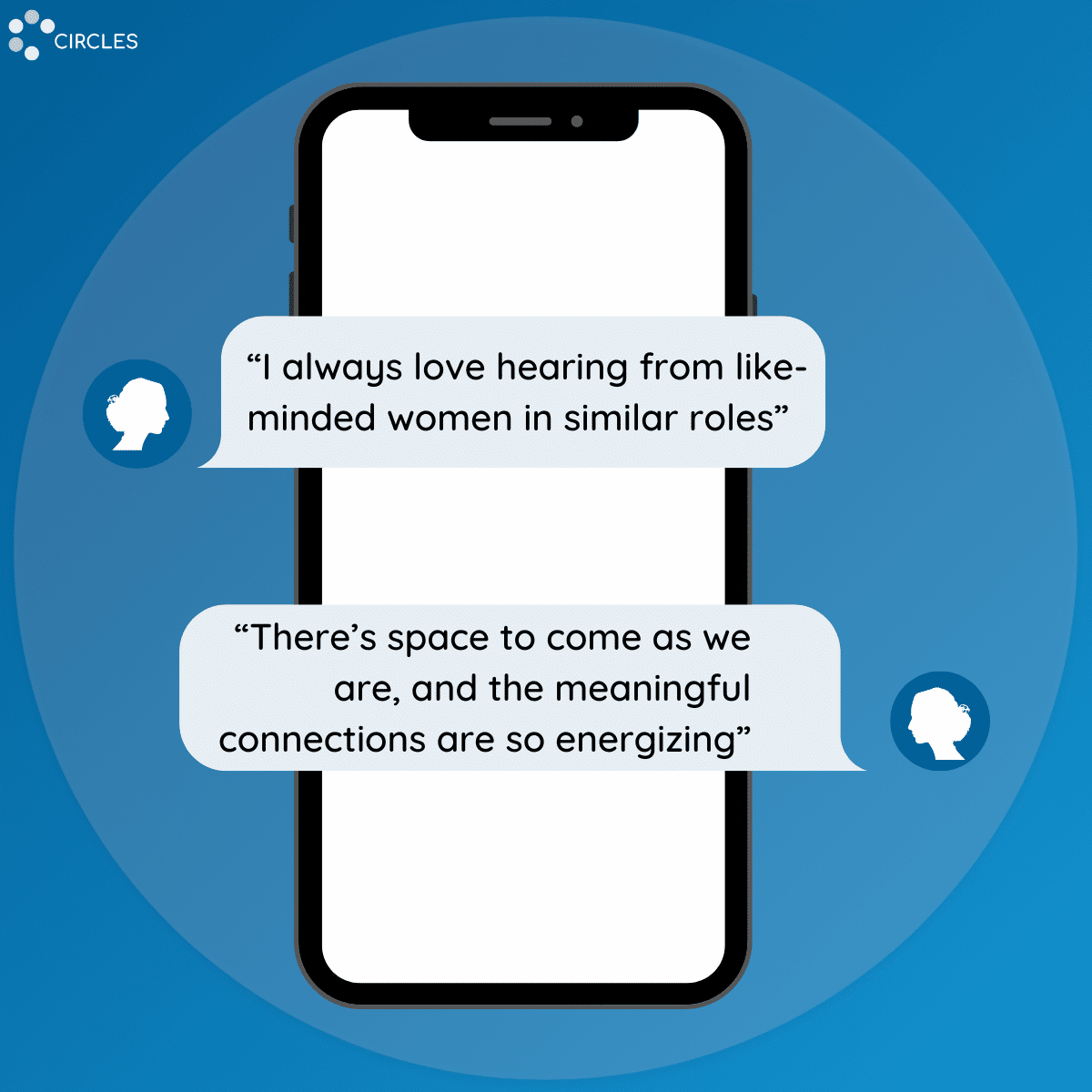
“It’s great to discuss the topic of inclusion in a small, intimate session, and build connection and relationship with others; loved the platform, the centering of voices and the connection”
“I always love hearing from like-minded women in similar roles”
“There’s space to come as we are, and the meaningful connections are so energizing”
Beyond this, as we reflect on participant contributions – we’ve discovered some themes to share with you:
- Women Care Uniquely About Inclusion
No matter our title and department, we’re discovering that as women, we all care about inclusion. As a gender we’re still forging our way, some days just pushing through imposter syndrome. To varying degrees, we’ve experienced what it’s like to navigate male-majority corporate spaces, striving to find a voice and be valued for the unique perspective we inherently contribute.
We’re still fighting to be seen for who we are–without gender filters–while pursuing women’s advancement initiatives, like equal pay for the same work. These circles have carved out space for honest dialogue about the challenges of working (and, for some of us, caregiving) while seeking to provide the most impactful professional development, sponsorship, and support to help women move into higher levels of leadership and onto corporate boards.
Together, we’re figuring out how to be included while being inclusive.
- Strategizing how to Influence Executives
One common bond we share is the struggle to gain executive buy-in on our quest for inclusion. On the journey to equitable workplaces, how do you revamp organizational cultures deeply embedded with generational norms?
We’re advocating for the intersectional inclusion of women across all levels of decision making, ultimately preparing more women for the C-suite. Meanwhile, if culture flows from the top down, how can we create more space for all to contribute to this important conversation – across gender lines – at the top of our organizations?
Together, we’re strategizing how to alleviate fear of change, and foster an inclusive mindset across senior leadership.
- Intersectionality Intensifies our Attention to Inclusion
Intersectionality sometimes intensifies one’s experience of exclusion; the more marginalization you’ve experienced, the more easily you empathize with others and seek their inclusion. For some of us, our passion for inclusion reflects the intersectionality of our gender with our ethnicity, religion, cultural background and much more.
We’re celebrating the fact that many organizations began prioritizing hiring a Head of DEI or Culture, likely because of the pandemic and increased polarization We know and in some cases are the women in these roles–accordingly, we see or experience isolation while navigating systems that generally don’t support new ways of ‘doing the work.’
Furthermore, inclusion initiatives are some of the first cut when pandemics or recessions create economic uncertainty–just the time we need inclusion the most. Even when prioritized, inclusion initiatives can come across like another box to check, instead of as deeply personal, emotionally taxing work.
Together, we’re pondering how we can keep inclusion from being reduced to a metric.
- We’re Listening to our Teams
Across our organizations, we’re receiving feedback revealing that some of our people feel marginalized–like they’re simply a number without a voice–which we understand firsthand. Many of them feel overwhelmed and isolated in our remote working world, just like we do (and practically speaking, fostering conversations across silos remains critical).
Because as women we tend to care for everyone else, we’re left wondering: How do we support ourselves and our people?
- The Way Forward
As women leading and championing inclusivity initiatives, we aren’t just boxes to check. We’re part of the solution to culture change that the world needs.
The goal of equitable workplace inclusion is a lifelong journey, and with the advent of these circles we’ve made strides in one significant facet: community on the journey. We’re sharing sparks of hope with one another as we see them in our organizations–here are some of the best inclusive practices we’re discovering together:
- Engaging Men in the Conversation: Not surprisingly, in order to be truly inclusive, men need to be welcomed into these conversations. Male allies who champion inclusive practices and make space for underrepresented voices help shift the traditional structures and impact lasting change in our organizations.
- Employee Resource Groups (ERG’s): voluntary, employee-led groups whose aim is to foster a diverse, inclusive workplace aligned with the organizations they serve.
- Story Exchanges–the practice of retelling someone else’s story in first person.
- Connection Circles/World Event Gatherings–space to process the challenges facing the world to better understand, empathize, and facilitate proximity.
As we continue meeting together, we’re realizing just how much we need community to pursue the work of inclusion, ensuring hope for the future and less loneliness for us and our teams. We must find new ways to truly operate differently, to look beyond structures of the past and innovate human-centric, inclusive new strategies.
No longer are we satisfied to just talk about inclusion, diversity and equity – we want systems that transform organizational culture.
Circles’ Response
At Circles, our experience listening, learning and participating in WIL circles reinvigorates us to continue creating spaces where people can connect and grow. Whether it’s fostering inclusivity by supporting DEI programs, creating community through onboarding and leadership development programs or connecting peer CEOs across communities, we’re committed to being a part of the inclusion solution.
Do you have a strategy to create inclusive community across your organization? What opportunity is there for your programs to be enriched and scaled with Circl.es, a tool designed for human connection? Experience circles for yourself: [click here] to join an upcoming Women in Leadership Gathering, or connect with someone from our team to discover the possibilities.

